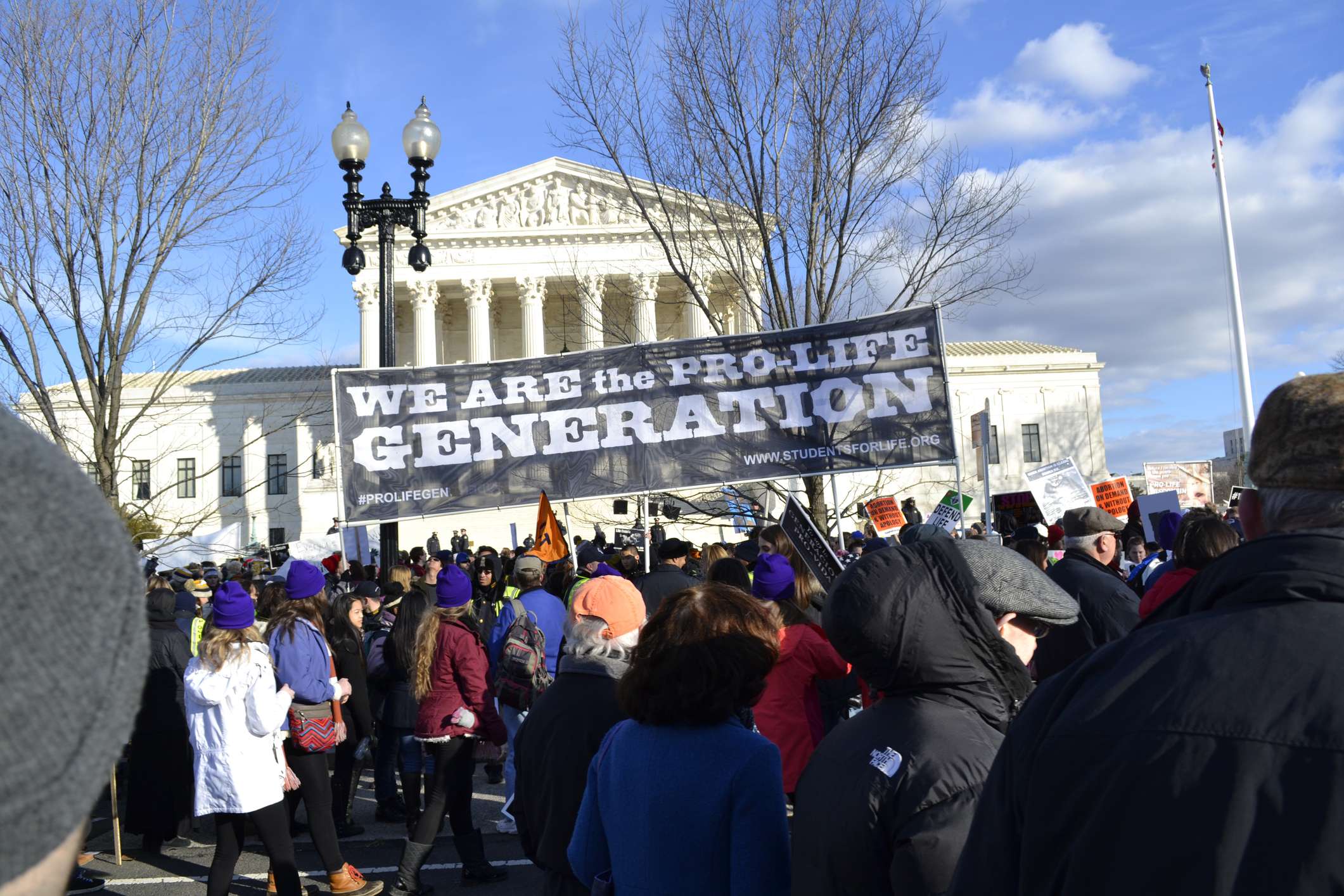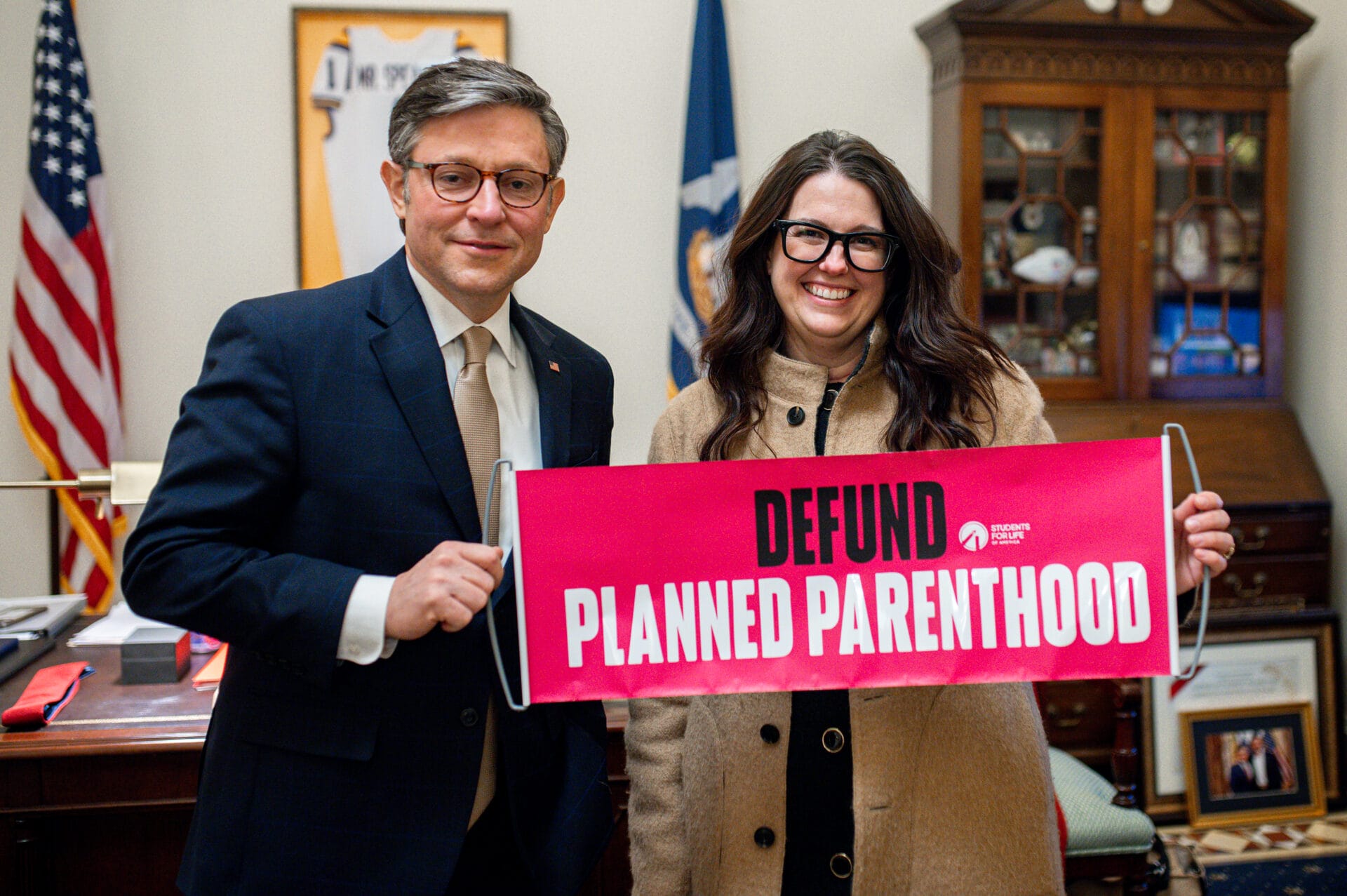

GUEST POST: The Wall Street Journal recently made note of emerging data on population decline. As Students for Life of America has previously reported, the world population, especially in developed countries in North America, Europe, and Asia, population is in decline. With a growing number of nations falling below a birthrate of at least 2.1 needed to replace the current population, more countries will experience a population crisis. A greater percentage of the population will be elderly people and fewer babies will be born each year.
As groups like the “pronatalists” and eccentric tech billionaires warn, such a future will have negative consequences for economic productivity and innovation. Economists and smart politicians are waking up to the disastrous effects for programs that older Americans depend on, like Social Security. Without enough young workers to support and care for the aging population, the U.S. and other countries will face a serious crisis.

The new data in the Wall Street Journal comes from a report analyzing the motivations of women of childbearing age. The results, published by sociologists Karen Benjamin Guzzo and Sarah R. Hayford in the journal of Population and Development Review, tried to address the question at the heart of discussions of the population decline: Are people have fewer children because they do not want them or are they having fewer children because they feel like they cannot have them?
The question is newly on the forefront of demographers’ minds because, when the population first dipped dramatically 15 years ago, people assumed it was a temporary drop in response to the 2008 financial crisis. But, as the Wall Street notes, the “temporary lull” in the wake of 2008 has “stretched into a prolonged fertility downturn.” The most recent data suggests the in the U.S. last year, 3.66 million babies were born, a decline of 15% since 2007, despite the fact that 9% more women are currently in their prime childbearing years.

To understand why, Guzzo and Hayford looked at data for millennials (born 1981 to 1996) and Generation Z (starting in 1997). When those groups were surveyed in early adulthood about the number of children they wanted to have, they stated that they would have at least two children. However, when they were surveyed about the number of children they had by the time they were in their early 30s (for those born in the late 1980s), they had, on average, one child less than they planned. The Wall Street Journal notes that the gap between intended number of children and actual is so wide for that age group that it is unlikely to be closed by the same group having children in their late 30s.
Analyzing the findings, the Wall Street Journal notes that “economic and social obstacles have become intractable deterrents to having children” for many young Americans. Among other factors, “Young adults can’t afford to buy a house as nice as the one their parents raised them in or to pay for childcare while they are still repaying student loans.”

There is also, Guzzo suggests, strong social pressure to give children a competitive advantage and to put off having children if any economic or educational factors are less than ideal. Some of this social pressure comes from none other than Big Abortion. Planned Parenthood, the biggest abortion business in the U.S., markets itself on the idea that you should only have children if you are fully and completely financially prepared for a child. Meanwhile, abortion activists ignore the fact that by killing babies in the womb—and increasingly pushing gender confusion of young teens—Planned Parenthood ensures that many people never become parents.
While the population has been declining in recent years, the number of elective abortions is on the rise. After reaching a historic low in 2017 since the legalization of elective abortion in 1973, the number of abortions in the U.S. has been on the rise.

The Wall Street Journal relies on the Guttmacher Institute for abortion data. Given the fact that the Guttmacher Institute is the de facto research arm of Planned Parenthood, these statistics cannot be trusted. The reality is that we do not know how many abortions are committed in the U.S. each year. There is no national abortion reporting requirement and some states, including the most populous (California), do not collect data.
Until we address the fact that mothers are coerced by economic factors to end the lives of their preborn children, we cannot address the population crisis. We cannot know yet how many abortions occur, but we have growing evidence that the number is rising, most notably in all the babies who are not here.
READ NEXT: Learn About the Life Collective: A Pro-Life Community Art Festival
Share this post
Recent Posts

The Pro-Life Generation Rises, and the Numbers Prove It
27 Jun 2025
NEWS: SFLA Honors Pro-Life Leaders Taking On Planned Parenthood
27 Jun 2025
BREAKING: SCOTUS Tells States They Can Tell Planned Parenthood & All Abortion Vendors to ‘Go Fund Themselves’
26 Jun 2025
